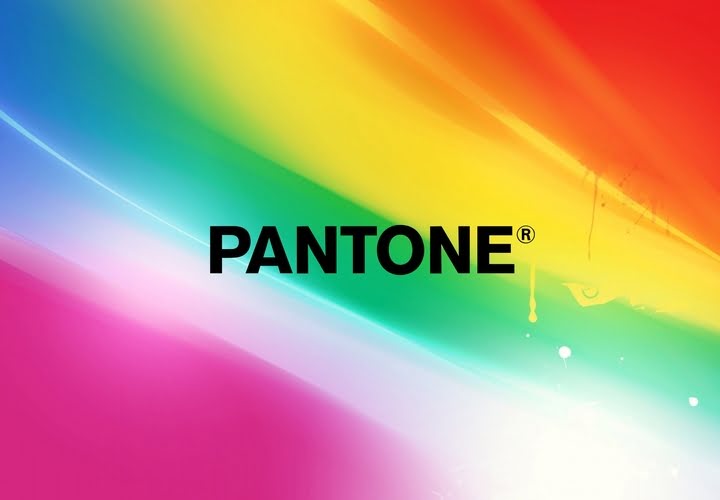
What is The Pantone Color System and how it works?
The Pantone Color System is a standardized color matching system used worldwide. It was developed to help printers and designers specify and control the color of printed projects. So, Pantone allows you specify colors that cannot be mixed in CMYK. CMYK is a color process that uses four primary colors: cyan, magenta, yellow, and black. It is a color model for color printing.
The Pantone Color Matching System recognizes more than 1,000 colors, including metallics and fluorescents. A solid color palette is also indicated by a suffix after the color. The suffix code refers to the paper material of the printing color; C stands for coated paper, M stands for matte paper, and U stands for uncoated paper. Pantone Plastic Color Reference Numbers are used to produce colored plastic components. Color references are indicated by a Q or T followed by a three-digit number identifying the color. The letter Q designates a color printed on opaque plastic and T designates a color printed on clear plastic.
